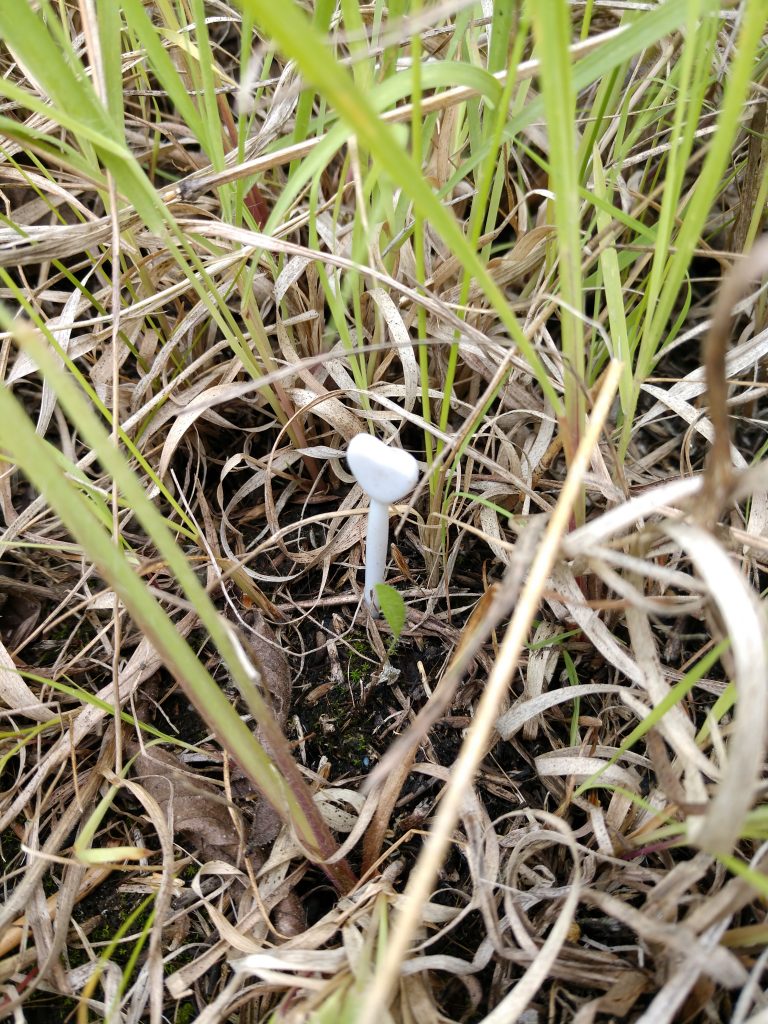Small remnant Echinacea populations may suffer from inbreeding depression. To assess whether gene flow (in the form of pollen) from another population could “rescue” these populations from inbreeding depression, we hand pollinated Echinacea from six different prairie remnants with pollen from a large prairie remnant (Staffanson Prairie) and from a relatively small population that we call “Northwest Landfill.” We also performed within-population crosses as a control. Amy Dykstra planted achenes (seeds) that resulted from these crosses in an experimental plot at Hegg Lake WMA.

We sowed a total of 15,491 achenes in 2008. 449 of these achenes germinated and emerged as seedlings. Each summer we census the surviving plants and measure them. This summer we found 48 surviving plants. None of these plants has flowered, but we think some of them are close! The largest plant we measured had 4 leaves, the longest of which was 35 cm.
You can read more about the interpopulation crosses, as well as links to prior flog entries mentioning the experiment, on the background page for this experiment.
Start year: 2008
Location: Hegg Lake WMA
Data collected: Plant fitness measurements (plant status, number of rosettes, number of leaves, and length of longest leaf), and notes about herbivory. Contact Amy Dykstra to access this data.
Products: Dykstra, A. B. 2013. Seedling recruitment in fragmented populations of Echinacea angustifolia. Ph.D. Dissertation. University of Minnesota. PDF

Leave a Reply